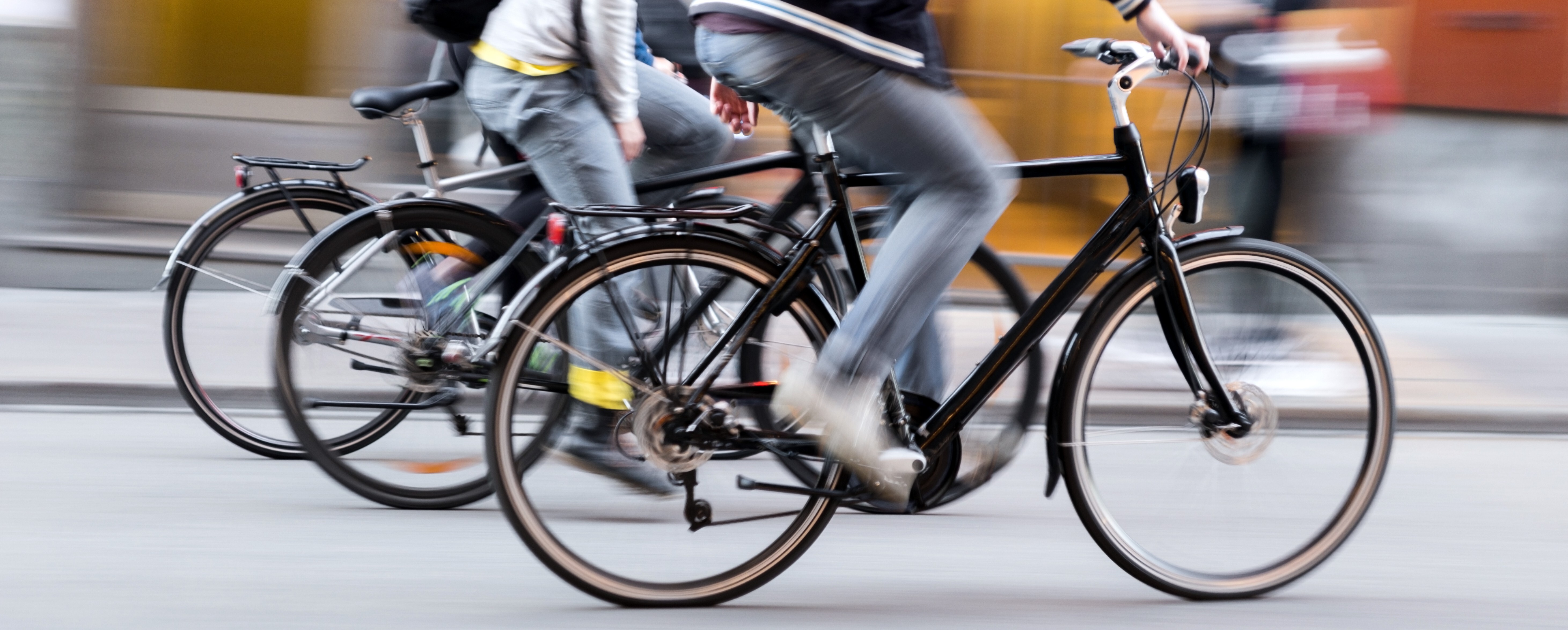
Verkehrswende-Radar : comment évolue la décarbonation des mobilités en Allemagne ?
Retrouvez nos dernières actualités dans la section ci-dessous : nouveautés produits, participation à des événements, vie de l'entreprise, etc.

Verkehrswende-Radar : comment évolue la décarbonation des mobilités en Allemagne ?

Vitesse des cyclistes : quand les données aident à apaiser les usages
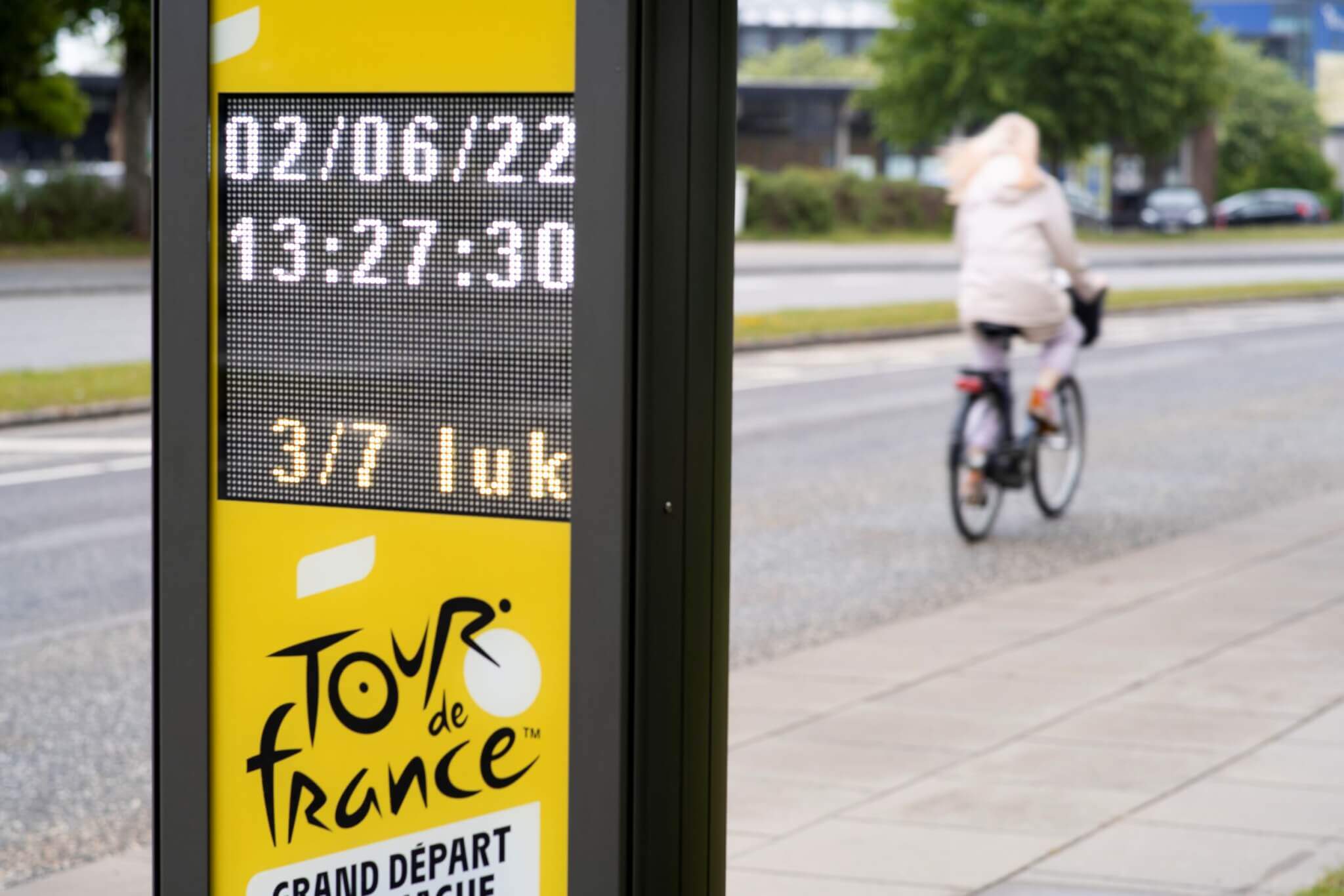
5 avantages à installer un afficheur Eco-DISPLAY dans votre ville
.png)
Accorder tourisme de masse et sauvetage en mer grâce à l'expertise et la donnée
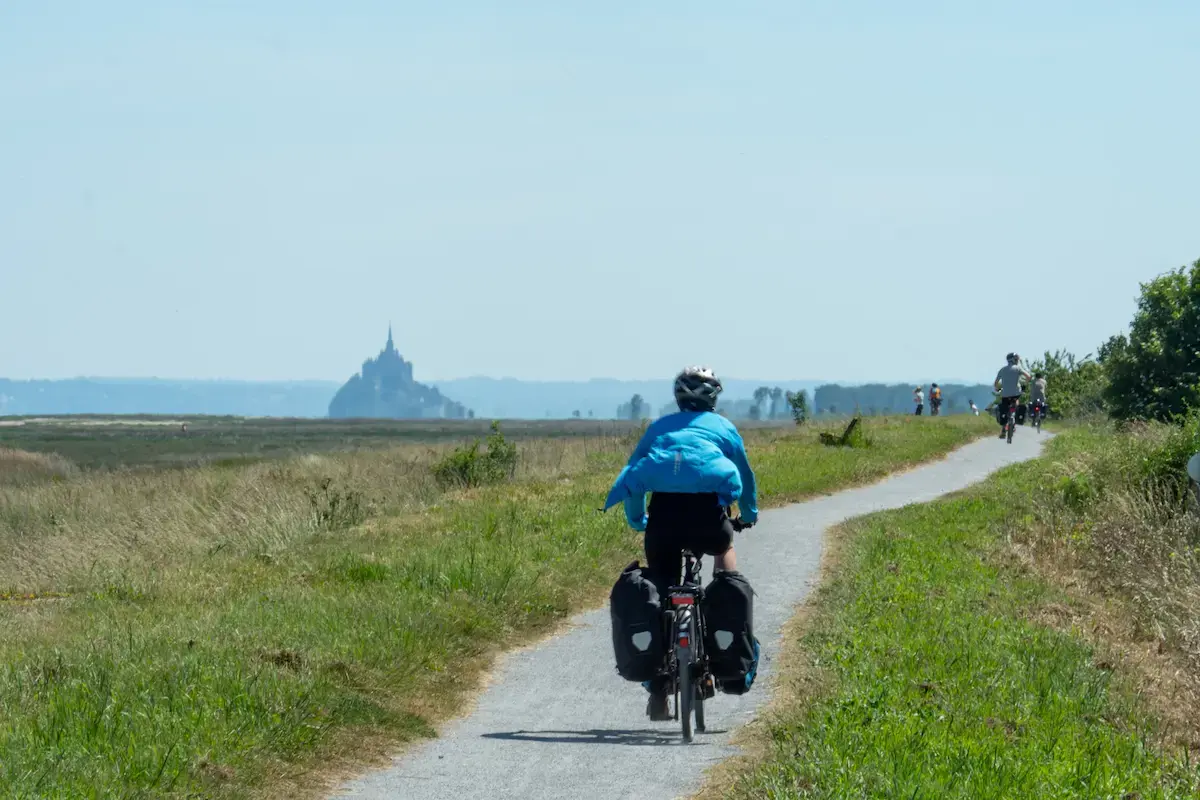
Hausse du tourisme à vélo en 2025 : les chiffres du Baromètre d'usage EuroVelo !
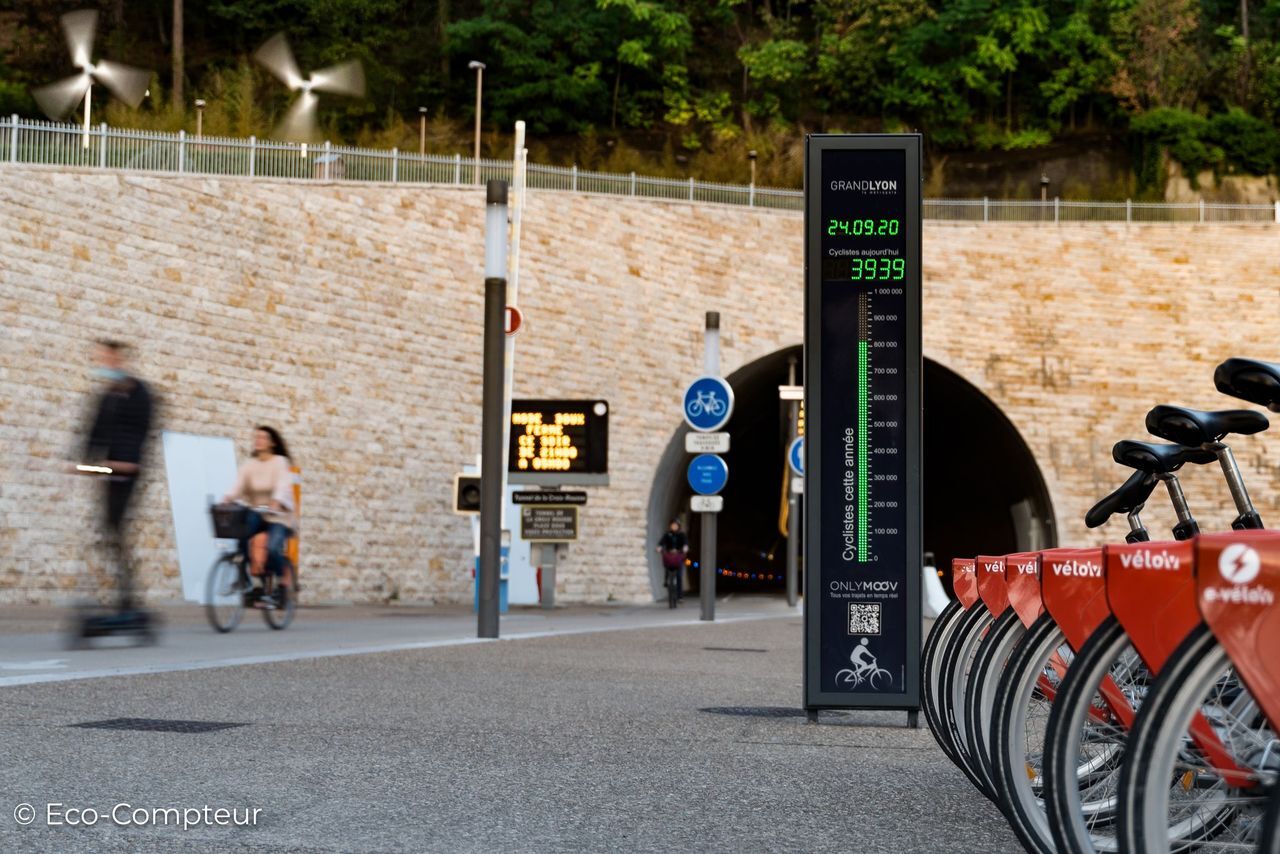
Comment Lyon est devenue plus respirable grâce à une stratégie vélo pilotée par la donnée ?

VTT à assistance électrique : de nouveaux défis pour la gestion des sentiers et espaces naturels ?
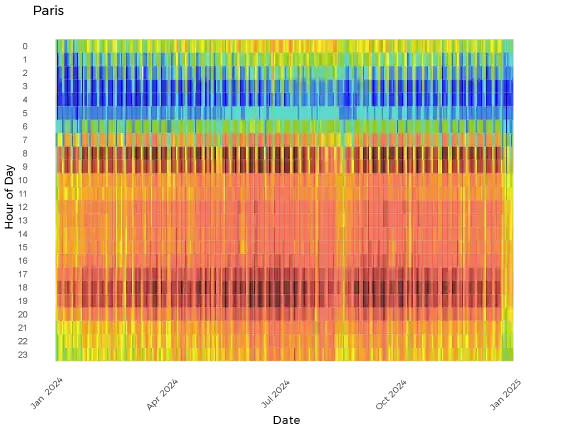
Portraits de villes à vélo : que nous apprend l’analyse d’un an de données ?